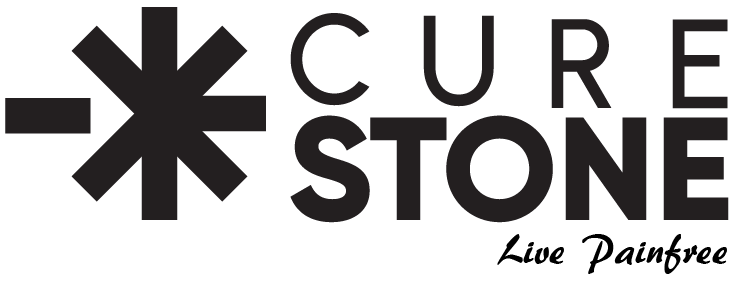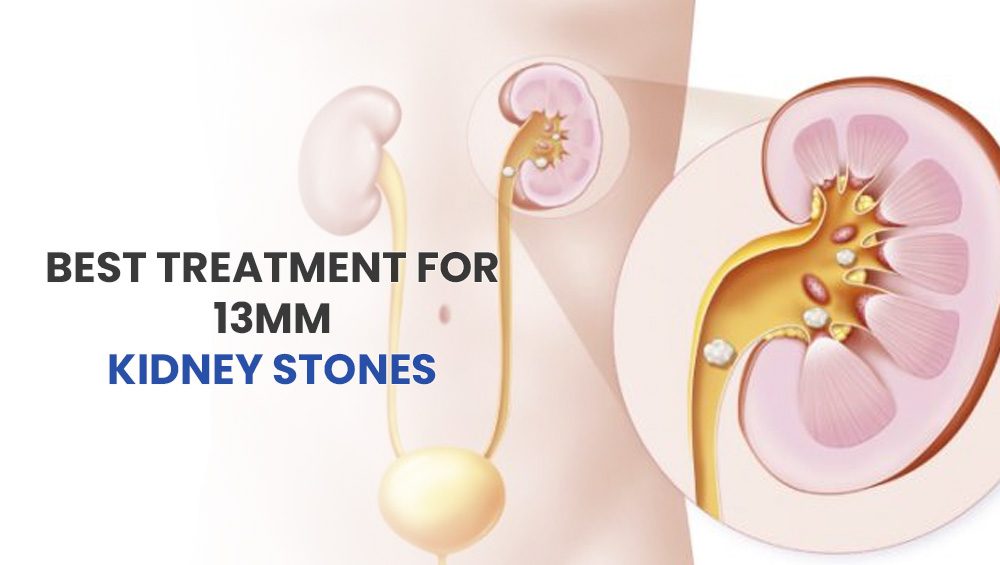Facing a 13mm kidney stone can be a deeply distressing experience, filled with moments of pain, uncertainty, and frustration. These stones can cause excruciating pain and discomfort, especially when they measure 13mm in size. This can lead to complications such as urinary tract infections, blockages, and potential damage to the kidneys.
Living with a kidney stone of this size can be both physically and emotionally draining. The fear of recurrent pain, the anxiety over possible surgical interventions, and the uncertainty about the best treatment options can overwhelm patients and their families.
Fortunately, there are effective treatment options available for managing 13mm kidney stones. From minimally invasive to advanced surgical techniques, understanding these solutions can empower you to make informed decisions about your health and pave the way for a smoother recovery.
How big are 13mm Kidney Stones?
A 13mm kidney stone is considered relatively large, measuring approximately half an inch in diameter. To put it into perspective, it is roughly the size of a standard marble or a small grape. This size can significantly impact the urinary tract, potentially leading to various complications such as pain, blockage, and urinary infections.
Kidney stones are classified based on their size, and stones measuring over 5mm are often associated with an increased risk of obstruction. At 13mm, a stone can cause considerable discomfort as it travels through the urinary system, especially if it becomes lodged in the ureter, the tube connecting the kidney to the bladder.
The presence of a stone of this size can lead to intense pain—often described as some of the worst pain imaginable—typically felt in the back, side, or lower abdomen. Additionally, larger stones are less likely to pass naturally, making it crucial for individuals with a 13mm kidney stone to seek medical evaluation and treatment.
Complications in 13mm Kidney Stones
A 13mm kidney stone can lead to several complications, including:
- Severe Pain: As the stone moves or obstructs the urinary tract, it can cause intense, debilitating pain.
- Urinary Blockage: The stone may block urine flow, leading to swelling of the kidney (hydronephrosis) and increased pressure, which can damage kidney tissue.
- Infections: Blockages can create an environment conducive to urinary tract infections (UTIs), which may require additional treatment.
- Bleeding: Passing a large stone can sometimes cause bleeding within the urinary tract.
- Kidney Damage: Prolonged blockage can result in permanent kidney damage if not addressed promptly.
Seeking timely medical intervention is essential to manage these complications effectively.
What are the treatment options for 13mm Kidney Stones?
Managing a 13mm kidney stone often requires medical intervention, as stones of this size are less likely to pass naturally. The treatment options include:
- Extracorporeal Shock Wave Lithotripsy (ESWL): This non-invasive procedure uses shock waves to break the kidney stone into smaller fragments, making it easier to pass through the urinary tract. It is typically effective for stones that are not too large or obstructing the urinary tract.
- Ureteroscopy: In this minimally invasive procedure, a small scope is inserted through the urethra and bladder to locate and remove the stone directly from the ureter or kidney. This method is particularly useful for stones that are blocking the flow of urine.
- Retrograde Intrarenal Surgery (RIRS): RIRS involves using a flexible ureteroscope to access the kidney through the urethra and bladder, allowing the surgeon to locate and fragment the stone with laser energy. This technique is effective for larger stones, like those measuring 13mm, and provides a less invasive option compared to open surgery.
- Percutaneous Nephrolithotomy (PCNL): For larger stones, such as a 13mm stone that cannot be treated effectively with ESWL or ureteroscopy, PCNL may be recommended. This procedure involves making a small incision in the back to access the kidney and remove the stone. It is often used for larger or more complex stones.
- Medical Management: In some cases, medications may be prescribed to help manage pain or facilitate the passage of smaller stone fragments. Additionally, alpha-blockers may be used to relax the muscles in the ureter, aiding in stone passage.
- Surgery: In rare cases, open surgery may be necessary, especially if other treatments are ineffective or if complications arise.
Consultation with a healthcare professional is crucial to determine the most appropriate treatment based on the specific circumstances surrounding the kidney stone.
CureStone: Your Comprehensive Solution for Kidney Issues
CureStone is focused on providing personalized care tailored to your unique needs, ensuring a smooth and successful treatment experience from start to finish.
We don’t just address current kidney stone concerns; our primary aim is to help you avoid future occurrences. From your initial consultation through to your full recovery, we offer extensive support designed to alleviate discomfort and promote a stone-free lifestyle.
Reach out to us today for expert advice and compassionate care. Together, we can embark on your journey to a healthier, pain-free future.

